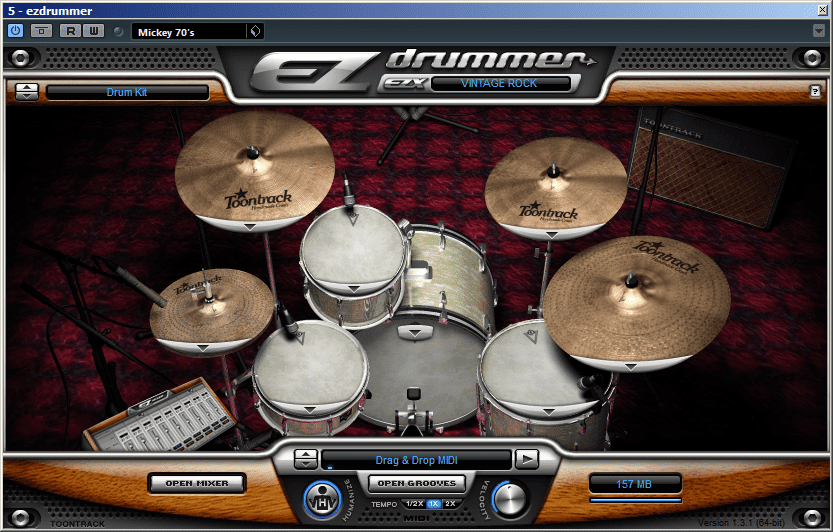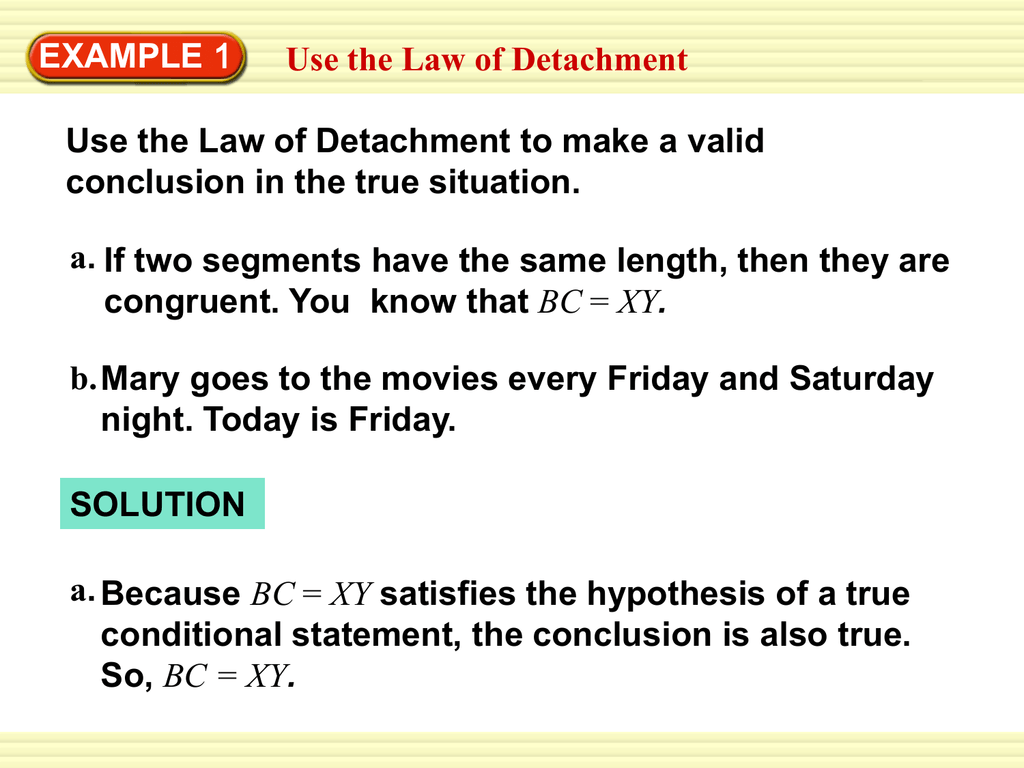How to tune a marching snare drum
How To Tune A Marching Snare Drum. Marching snare drums are usually tuned to a particular pitch, which can make them sound different from one another. How to tune marching snare drum guts. Years ago, marching drummers would tune their drums up high, and break heads. Tight and crisp sounds on a snare are a relatively new thing.
 Snare Drum Tuning Tutorial YouTube From youtube.com
Snare Drum Tuning Tutorial YouTube From youtube.com
Years ago, marching drummers would tune their drums up high, and break heads. Lots of people tune so all the lugs match. After you have gone around a few times and increased the pitch of the snare drum a decent amount, it is time to balance the head again and tune the snare drum. Tighten, test, and repeat, until the indent your thumb makes with moderate pressure is about ¼ inch deep. Marching snare drums are usually tuned to a particular pitch, which can make them sound different from one another. The tuning process involves adjusting the tension on the drumhead, which affects the frequency at which the drum vibrations are transmitted.
Years ago, marching drummers would tune their drums up high, and break heads.
Flip your drum, over so the guts are towards the ground. Adjust them with the snare height adjustment nobs. Therefore, you should be careful as you deal with it. Repeat the process in the same pattern as before while gradually increasing the tension on the head and the pitch of the drum. Richer sound will be achieved if you tune the head more tightly near the snare bed, and a bit more loosely away. Pay attention to the sound of the snare wires as you tune.
 Source: youtube.com
Source: youtube.com
If one area doesn’t match the sound of the other places on the drum,. Start off tuning from the resonant head. Strike around the circumference of the snare. Flip your drum, over so the guts are towards the ground. The tuning process involves adjusting the tension on the drumhead, which affects the frequency at which the drum vibrations are transmitted.
 Source: pinterest.com
Source: pinterest.com
The snares should only contact the snare head for about 10 inches in the middle of the resonant head. If one area doesn’t match the sound of the other places on the drum,. To do this, simply tap around each tension rod two times so. Marching snare drums are usually tuned to a particular pitch, which can make them sound different from one another. Strike around the circumference of the snare.
 Source: waywood.com
Source: waywood.com
The good news is there isn’t any black magic to get a good sound but there are some steps that may be overlooked or even undervalued by some. Start off tuning from the resonant head. Then you can focus more on the batter head off and snare wires of the drum. Marching percussion is one of the most demanding areas of music in terms of equipment wear and tear. Tighten, test, and repeat, until the indent your thumb makes with moderate pressure is about ¼ inch deep.
 Source: percussion.byu.edu
Source: percussion.byu.edu
Pay attention to the sound of the snare wires as you tune. Start off tuning from the resonant head. Lots of people tune so all the lugs match. Marching percussion is one of the most demanding areas of music in terms of equipment wear and tear. The tuning process involves adjusting the tension on the drumhead, which affects the frequency at which the drum vibrations are transmitted.
 Source: youtube.com
Source: youtube.com
The good news is there isn’t any black magic to get a good sound but there are some steps that may be overlooked or even undervalued by some. To do this, simply tap around each tension rod two times so. Start off tuning from the resonant head. Repeat the process in the same pattern as before while gradually increasing the tension on the head and the pitch of the drum. Years ago, marching drummers would tune their drums up high, and break heads.
 Source: youtube.com
Source: youtube.com
Lots of people tune so all the lugs match. There should be a small amount of “give.”. Take a drumstick and lightly and softly tap each area in front of the tension rod and the lugnut. Tight and crisp sounds on a snare are a relatively new thing. If one area doesn’t match the sound of the other places on the drum,.
 Source: hub.yamaha.com
Source: hub.yamaha.com
The snares should only contact the snare head for about 10 inches in the middle of the resonant head. The tuning process involves adjusting the tension on the drumhead, which affects the frequency at which the drum vibrations are transmitted. There should be a small amount of “give.”. Adjust them with the snare height adjustment nobs. Then you can focus more on the batter head off and snare wires of the drum.
 Source: youtube.com
Source: youtube.com
Using your drum key, tighten each tension rod one even half turn always working in opposites across the drum until you come near the pitch. Pay attention to the sound of the snare wires as you tune. Start loose, and press your thumb into the head about an inch from the edge. Turn clockwise to tighten and counter clockwise to loosen individual strands. Repeat the process in the same pattern as before while gradually increasing the tension on the head and the pitch of the drum.
 Source: youtube.com
Source: youtube.com
Using your drum key, tighten each tension rod one even half turn always working in opposites across the drum until you come near the pitch. So someone started making drum heads out of kevlar, and marching drummers didn�t break heads anymore, but they did break lugs, and sometimes even buckled the shell itself! Turn clockwise to tighten and counter clockwise to loosen individual strands. Adjust them with the snare height adjustment nobs. Flip your drum, over so the guts are towards the ground.
 Source: youtube.com
Source: youtube.com
A question at which i am often asked by students or see on internet forums is how to tune a marching snare drum. A question at which i am often asked by students or see on internet forums is how to tune a marching snare drum. Adjust the individual strands at the butt place with a screwdriver. Now, place the new drum head on the drum with the head�s logo in the desired position. However, you should also keep in mind that the resonant head of your drum is something thin and weak.
 Source: guitarwires.blogspot.com
Source: guitarwires.blogspot.com
Richer sound will be achieved if you tune the head more tightly near the snare bed, and a bit more loosely away. Start off tuning from the resonant head. Also, a conscientious schedule of regular maintenance and tuning will extend the life of. Many types of shell will. If one area doesn’t match the sound of the other places on the drum,.
 Source: youtube.com
Source: youtube.com
Adjust them with the snare height adjustment nobs. A question at which i am often asked by students or see on internet forums is how to tune a marching snare drum. Use a piano or keyboard percussion instrument to help find your pitch. Strike around the circumference of the snare. Flip your drum, over so the guts are towards the ground.
 Source: youtube.com
Source: youtube.com
Time to tune the top drum head. The snares should only contact the snare head for about 10 inches in the middle of the resonant head. The tuning process involves adjusting the tension on the drumhead, which affects the frequency at which the drum vibrations are transmitted. Many types of shell will. Strike around the circumference of the snare.
 Source: guides.brit.co
Source: guides.brit.co
Turn clockwise to tighten and counter clockwise to loosen individual strands. Marching percussion is one of the most demanding areas of music in terms of equipment wear and tear. To do this, simply tap around each tension rod two times so. Then you can focus more on the batter head off and snare wires of the drum. There should be a small amount of “give.”.
 Source: youtube.com
Source: youtube.com
Start loose, and press your thumb into the head about an inch from the edge. Marching percussion is one of the most demanding areas of music in terms of equipment wear and tear. Pay attention to the sound of the snare wires as you tune. How to tune marching snare drum guts. Adjust them with the snare height adjustment nobs.
 Source: attackmagazine.com
Source: attackmagazine.com
Take a drumstick and lightly and softly tap each area in front of the tension rod and the lugnut. The good news is there isn’t any black magic to get a good sound but there are some steps that may be overlooked or even undervalued by some. Make sure your snares and muffler are not Take a drumstick and lightly and softly tap each area in front of the tension rod and the lugnut. Adjust them with the snare height adjustment nobs.
 Source: youtube.com
Source: youtube.com
Richer sound will be achieved if you tune the head more tightly near the snare bed, and a bit more loosely away. Start off tuning from the resonant head. Repeat the process in the same pattern as before while gradually increasing the tension on the head and the pitch of the drum. Therefore, you should be careful as you deal with it. Use the vertical control knobs to get the snares flush with the bottom head at the bearing edge.
 Source: youtube.com
Source: youtube.com
Many types of shell will. After you have gone around a few times and increased the pitch of the snare drum a decent amount, it is time to balance the head again and tune the snare drum. Turn clockwise to tighten and counter clockwise to loosen individual strands. Years ago, marching drummers would tune their drums up high, and break heads. Know your drum understanding your drum is the first main factor behind tuning your snare.
If you find this site good, please support us by sharing this posts to your preference social media accounts like Facebook, Instagram and so on or you can also save this blog page with the title how to tune a marching snare drum by using Ctrl + D for devices a laptop with a Windows operating system or Command + D for laptops with an Apple operating system. If you use a smartphone, you can also use the drawer menu of the browser you are using. Whether it’s a Windows, Mac, iOS or Android operating system, you will still be able to bookmark this website.




